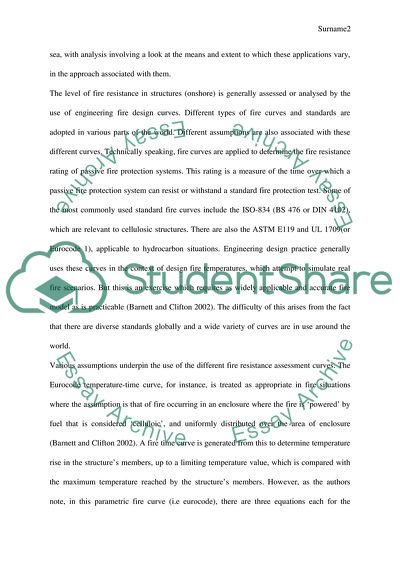Cite this document
(Critical Analysis of the Use of Standard Fire Curves for Determining Term Paper - 1, n.d.)
Critical Analysis of the Use of Standard Fire Curves for Determining Term Paper - 1. Retrieved from https://studentshare.org/technology/1566428-construction-technology-2
Critical Analysis of the Use of Standard Fire Curves for Determining Term Paper - 1. Retrieved from https://studentshare.org/technology/1566428-construction-technology-2
(Critical Analysis of the Use of Standard Fire Curves for Determining Term Paper - 1)
Critical Analysis of the Use of Standard Fire Curves for Determining Term Paper - 1. https://studentshare.org/technology/1566428-construction-technology-2.
Critical Analysis of the Use of Standard Fire Curves for Determining Term Paper - 1. https://studentshare.org/technology/1566428-construction-technology-2.
“Critical Analysis of the Use of Standard Fire Curves for Determining Term Paper - 1”. https://studentshare.org/technology/1566428-construction-technology-2.


